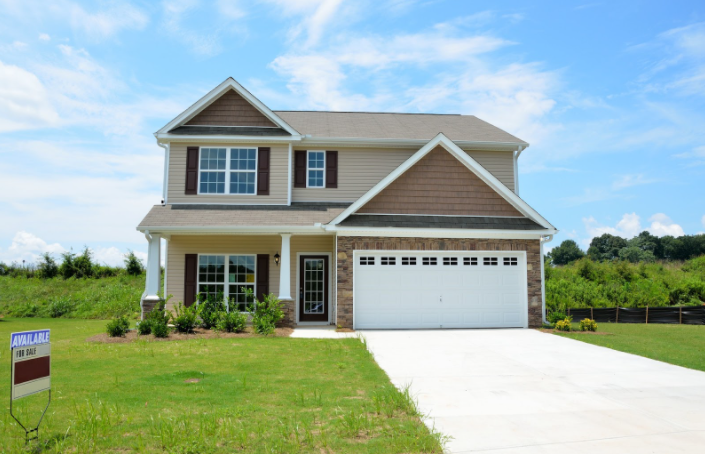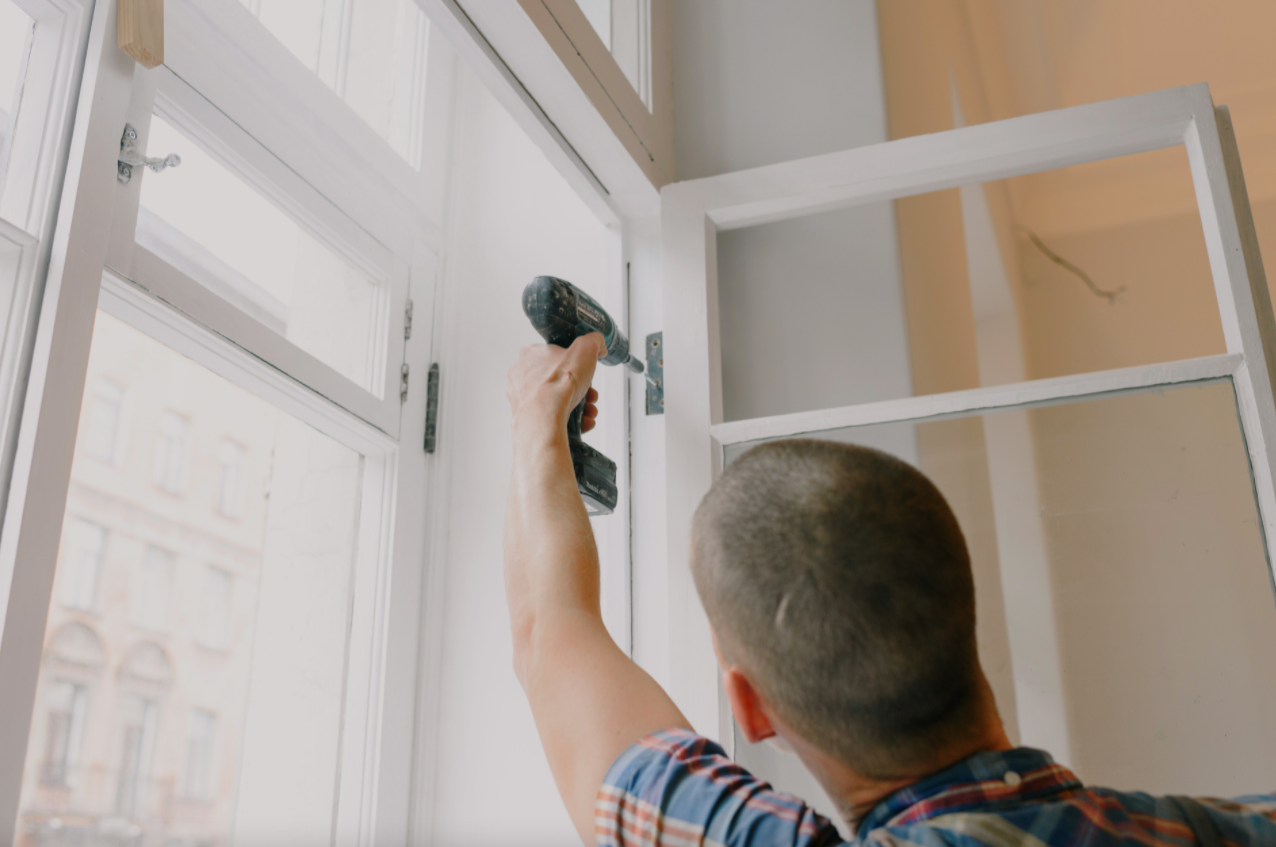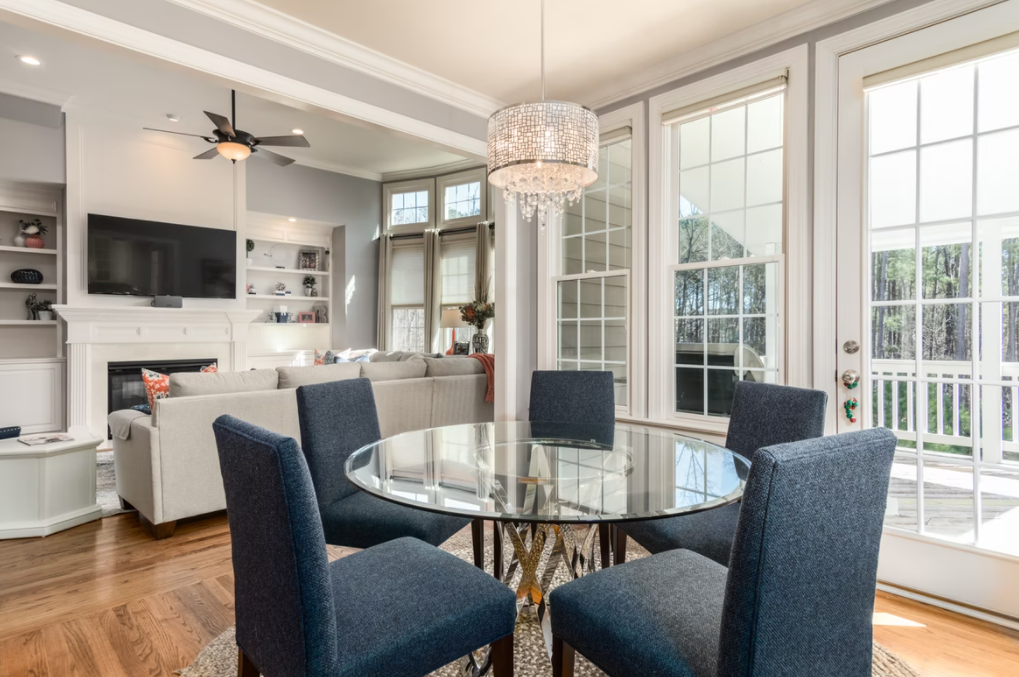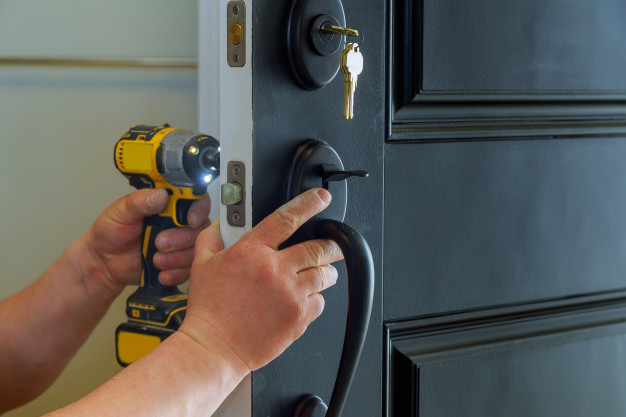Are you in the process of moving into a new home? If so, it’s important to make sure that your house is safe before you settle in!
 Photos By: Stock Images
Photos By: Stock Images
Check out these tips to help make sure that your home is as secure as possible. By taking the time to do these simple safety checks, you can rest assured that your family will be protected from potential dangers.
Check Smoke Detectors and Carbon Monoxide Detectors
One of the first things you should do when you move into a new home is to check all of the smoke detectors and carbon monoxide detectors. Make sure that they are in working order and replace the batteries if necessary. This is a simple step that could potentially save your life in the event of a fire or carbon monoxide leak.
Check Window Locks
Another safety measure to take is to check all of the locks on the windows in your new home. Make sure that they are securely fastened and can’t be easily opened from the outside. If you have young children, you may also want to consider installing window guards to prevent them from opening the windows and falling out.

Inspect the Furnace
If your new home has a furnace, it’s important to have it inspected before you start using it. This will help to ensure that it is working properly and doesn’t pose a fire hazard. You should also make sure that any flammable materials are stored away from the furnace and that the area around it is clear of clutter.
Inspect the Fireplace
If your new home features a fireplace, it’s important to have it inspected before you use it. Make sure that the chimney is clear of any obstructions and that the firebox is in good condition. You will want to also have a metal screen placed in front of the fireplace to help prevent sparks from escaping.
Check the Electrical Wiring
Another potential safety hazard in your new home is old or damaged electrical wiring. Have an electrician check the wiring in your home to make sure that it is up to code and doesn’t pose a fire hazard. If you are unsure of what to look for, a certified electrician would be able to assist you in making sure everything in your home is safe and installed properly.
Check for Lead Paint
If your new home was built before 1978, it may contain lead-based paint. This can be a serious health hazard, especially for young children. If you suspect that your home may contain lead paint, have it tested by a professional.

Check the Water Heater
Another potential safety hazard in your home is the water heater. Make sure that it is properly secured and that there are no leaks. You should also have the temperature set so that it doesn’t exceed 120 degrees Fahrenheit to prevent scalding.
Check for Asbestos
If your new home was built before 1980, it may contain asbestos. This can be a serious health hazard if it is disturbed. The best approach, if you suspect there might be asbestos in your home, is to contact a professional to have it removed.
Inspect the Stairs and Railings
If your new home has stairs, it’s important to make sure that they are in good condition. Check the railings to make sure that they are securely fastened and free of any sharp edges. If there are any loose boards or other potential trip hazards, make sure to repair them before someone gets hurt.
Update the Locks
If you’re moving into a home that was previously owned, it’s important to change the locks on all of the doors. You don’t know who might have a key to your home, so it’s best to err on the side of caution and get new locks installed. This is a relatively inexpensive way to help increase the security of your home.
Install a Security System
If you really want to step up the security of your home, you should consider installing a security system. There are many different types of systems available on the market, so you can find one that fits your budget and your needs. A security system can give you peace of mind knowing that your home is being protected, even when you’re not there.
Check Fencing (Especially around a Pool)
If your new home has a pool, it’s important to make sure that the fence around it is in good condition. Check for any gaps or holes that could allow a child or a pet to get into the pool area. Also, make sure that the gate is latched and can’t be easily opened by a child. Some by-laws will require that a gate be spring-loaded to ensure it cannot be left open by mistake. If this is the case, make sure the spring is in working order and there is nothing obstructing the gate from closing and latching properly.
Moving into a new home is an exciting adventure, however, it can become disastrous quickly if there are unknown dangers. It’s important to take the time to inspect it for any potential safety hazards. By checking for lead paint, asbestos, and other potential dangers, you can help ensure that your family is safe in their new home. If you’re not sure where to start, the list we have provided will give you a good foundation to work from. Just remember, if you have any doubts, it’s always best to consult with a professional. They can help you identify any potential hazards and make sure that they are dealt with properly and give you peace of mind in your new home!





